|
We believe that approaching a cupping table with an open mind and senses is the correct way to learn, discover, and experience new sensations. We don't assume that origins have pre-assigned profiles like Kenya being associated with berries and Sumatra with chocolate. The coffee flavours can be as diverse as flavours are found in the world. This makes our work exciting because it's a journey to an unknown world of textures, flavours, and aromas that many people have never explored. And therefore, we are fortunate to guide them on this journey through specialty coffee. Umami is described as the fifth flavour, along with sweet, sour, salty and bitter. It is a savoury flavour that can be found in foods such as tomatoes, mushrooms, soy sauce, and aged cheeses, and is attributed to the presence of glutamate in these foods. Glutamate is a neurotransmitter, responsible for sending messages between neurons and the brain. All foods, including coffee, contain some amount of glutamate. Tomatoes, cheese and mushrooms contain high amounts of glutamate. However, in coffee, it is unlikely that this flavour is derived from free glutamates, as there are very few free glutamates present in green coffee. Therefore, it is more likely that the umami flavour that we sometimes find in certain lots is attributed to other compounds and substances present in coffee.
0 Comments
As we prepare to receive a new harvest of Kenyan coffee, we realise that there are several misconceptions associated with Kenyan coffee, let's review the most common ones: 1.- There is a misconception that Kenyan coffees are too acidic and unsuitable for use in espresso or milk-based drinks. However, this is simply not true. The acidity level of a coffee can be controlled by adjusting the roast profile. Although some coffees have a higher natural acidity, this can always be reduced by roasting if necessary.
When it comes to the selection of Ethiopian coffees, the possibilities of flavours, fragrances, and aromas are virtually endless. Cup profiles are so varied that most importers or roasters do not expect a specific profile for an Ethiopian coffee. The same does not hold for origins such as Kenya or Sumatra, where roasters are looking for berries or chocolate, respectively. From a sensorial perspective, the acidity of Ethiopian coffees is as diverse as the number of acid components that a coffee bean has. Like sweetness, cleanliness and texture, acidity is fundamental in our sensory analysis and selection work. It is important to note that in the long journey of coffee from the plant to the cup, the acidity and all the sensorial attributes can be modified, enhanced, damaged or eliminated.
Pseudoscience is a tendency to make claims without any scientific basis. For example, anti-vaccine activism can cause people to forego proven medical treatments, which can lead to death or serious health problems.
In our beloved industry, unfortunately, we often come across "pseudo-scientists" who make assertions that are not based on scientific methodology, but rather are based on "coffee mythology" (if such a thing exists), or ideas that are more fabrication of the industry, than serious scientific studies regarding a given topic. Let's take the concept of a cup profile for a minute. How on earth, could someone assure what the cup profile of a given origin is? To be or not to be ... The diversity of possible cup profiles is practically infinite, as coffee is a living product, many times we find flavours, aromas or sensations that we cannot associate with past experiences. And this is particularly true with experimental processed lots. But from a professional and objective point of view, are all coffees with experimental processes good coffees? Every coffee farm in the world, even the most reputable one, will produce good, medium and bad quality beans. Therefore, separating the better, bigger and denser beans from those lighter and defective, is key to maximize the financial result of the producer. In Kenya, after a certain lot has been processed, it will be delivered to the Marketing Agent (MA) in parchment by the producer or cooperative. The MA then, will mill and grade the lot by shape and size, and give this lot an unique "Outturn Number" (ON), before delivering a sample to the Nairobi Coffee Exchange. This ON will be crucial to provide transparency and traceability to the system. 1. What is memory?
Memory is the process through which we obtain, store, retain and access information. Human beings are capable of perceiving reality through experiences, which we classify and store. This process allow us to survive, cause if we were not able to access past experiences to decode the new ones, we would be living each day in a constant chaotic state of wonder, terror, happiness or stress. Memory in simple words, simplifies our life and balances our central nervous system. "Taste is undoubtedly a delicate organ, perfectible and respectable as the eye or the ear" The taste of people has been built with the course of history, and some events have strongly contributed to shape it. Like for example, the arrival in Europe of sugar or spices during the medieval era. Throughout history some flavors appears and others, like bitterness, go out of fashion.
Microlot, direct trade, single origin, origin trip, nanolot, among others; are terms that are being repeatedly used in the specialty coffee industry today. A microlot is a term that designates not only a small volume of coffee production, but also designates a selectively hand-picked coffee, from a particular cultivar, in a specific farm or micro-region, within a certain altitude range and processed separately; or at least a combination of some of the above. In summary, it's the result of some concerted effort to separate and carefully prepare a quantity of coffee that will have special characteristics.
Each year we are receiving more and more samples from producers and cooperatives in many origins around the world. This is very exciting, but also represents a challenge in terms of time and resources we need to dedicate to analyze and evaluate each of them fairly and effectively. 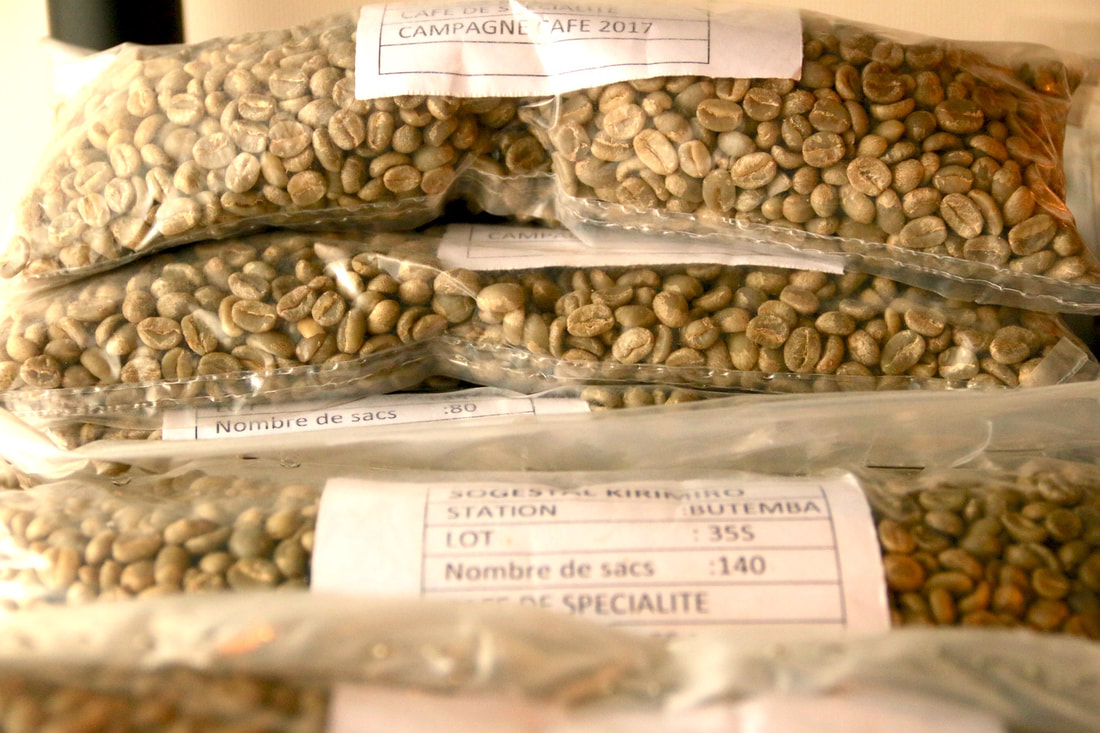 This year from Burundi only, we received 51 samples from 4 different cooperatives we had the chance to visit last June.
Finally, evaluation through blind cupping allows us to judge the potential, identify the defects and select the best samples. It is the most influential tool when deciding which coffees will be travelling to our warehouse and going into your roasters very soon.
Enjoy your Burundi coffee! |
Archives
April 2024
Categories
All
|
- What We Do
- Que Hacemos
-
Origins
-
Orígenes
- Education
- Educación
- Contact
- Contacto
- Home Roaster Store
- Tienda del Home Roaster

|
Copyright © 2015-2024 | Kilimanjaro Specialty Coffees España S.L.U. All Rights Reserved.
|
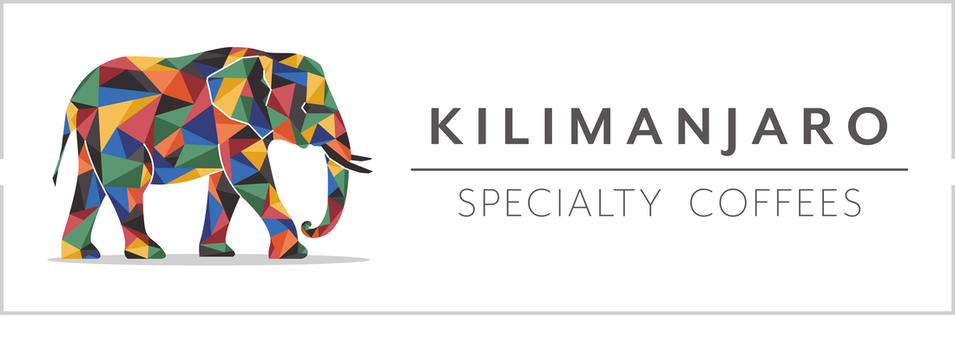
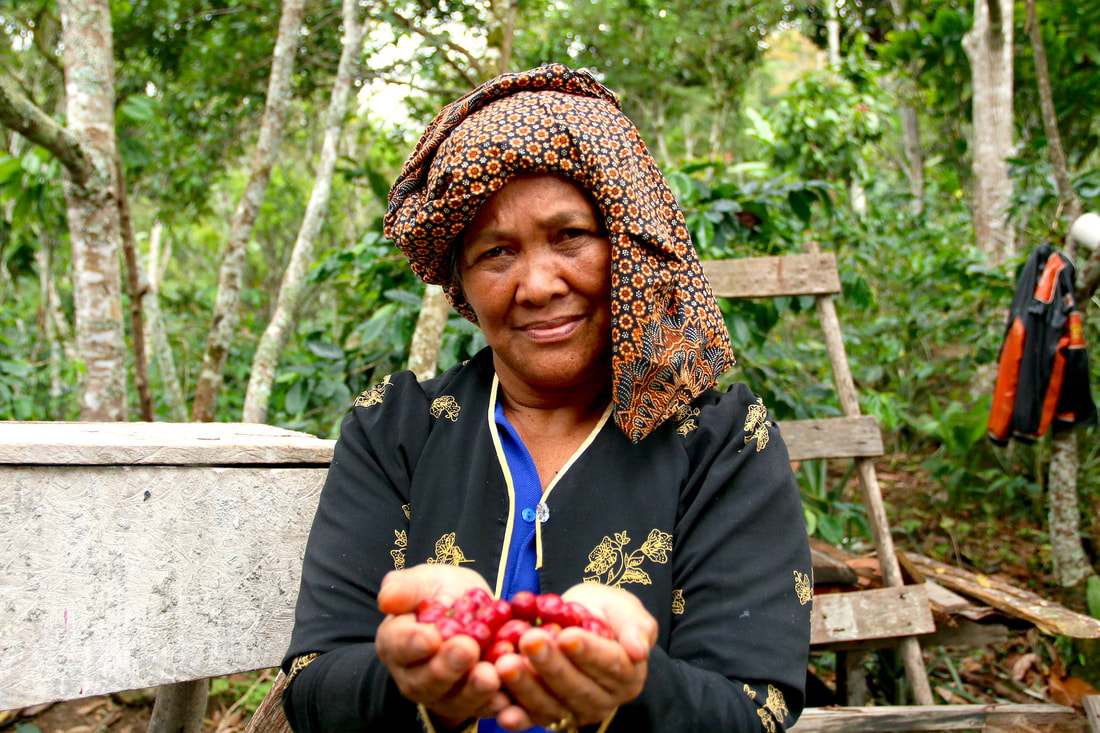
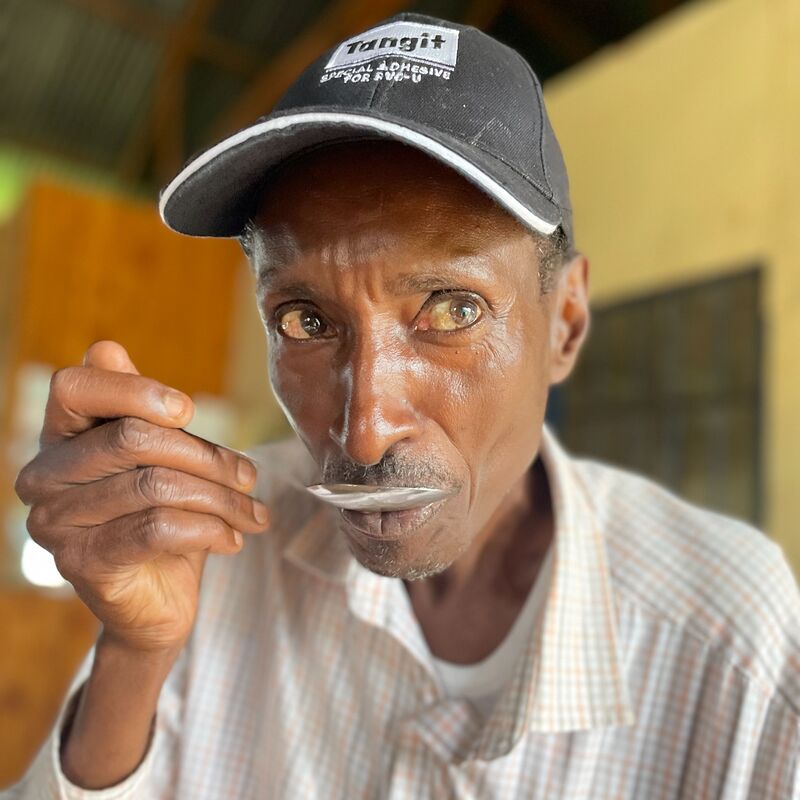
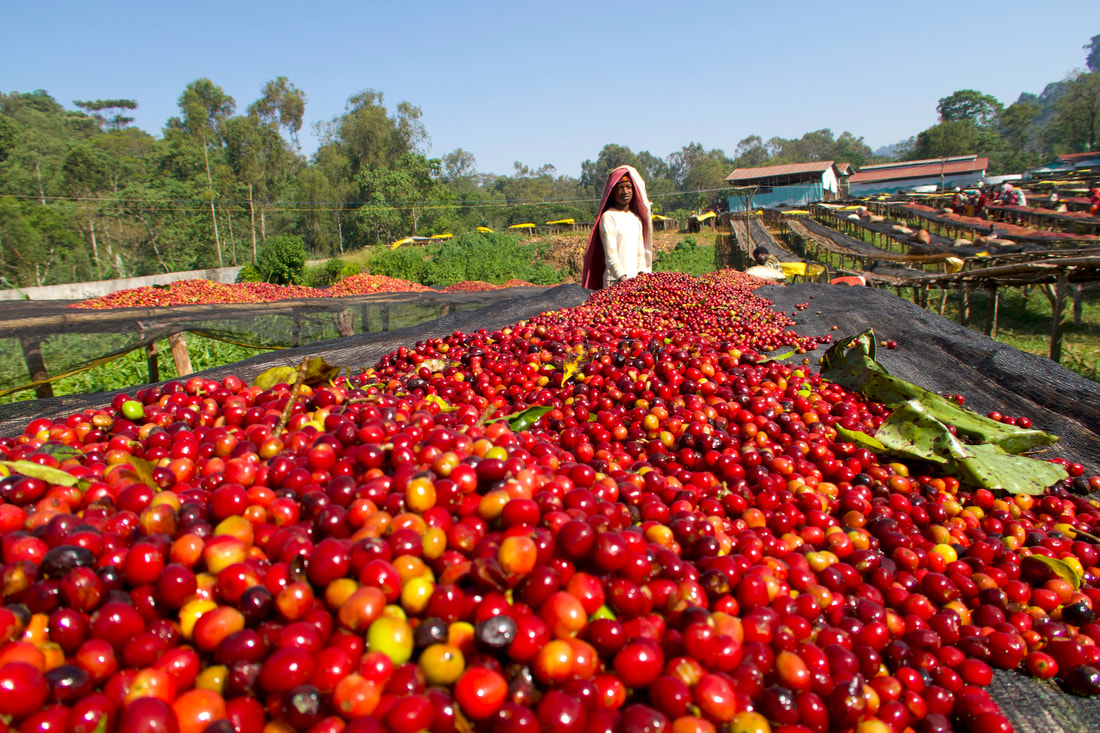
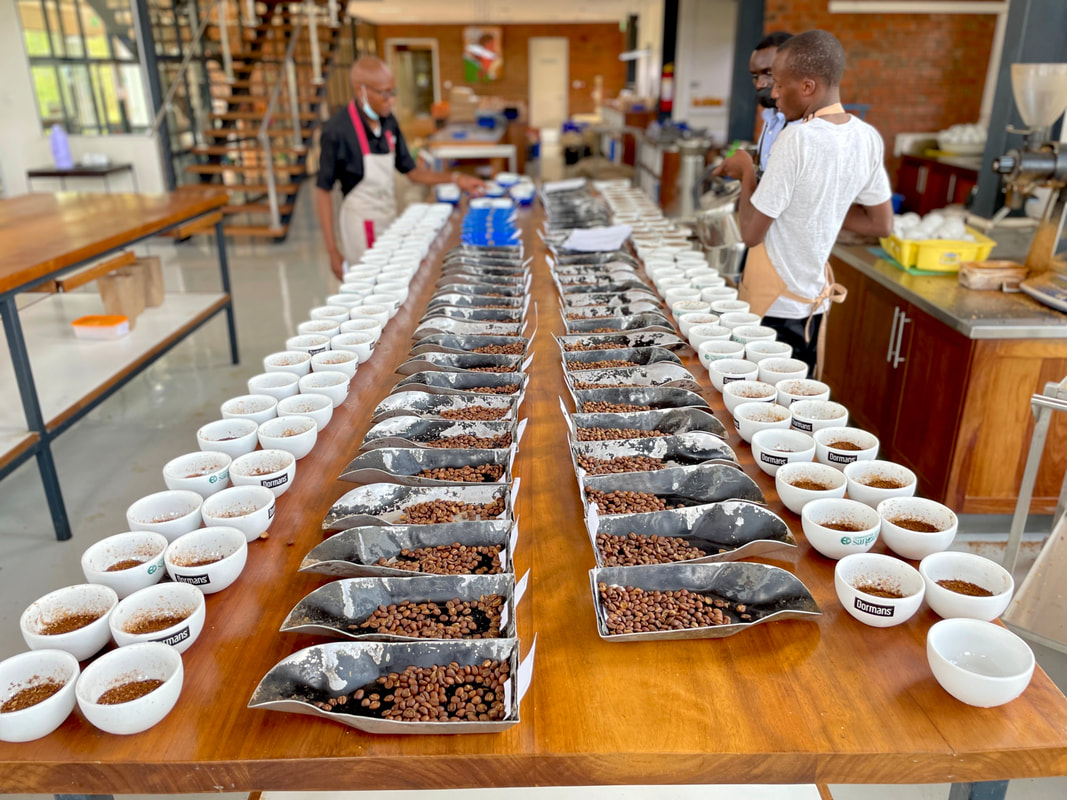
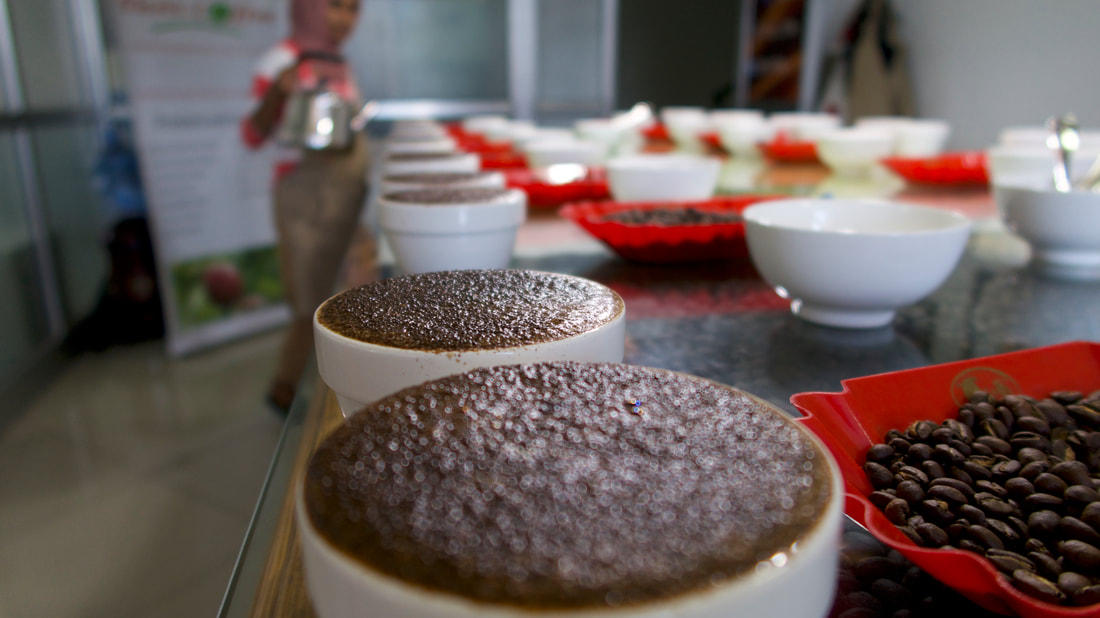
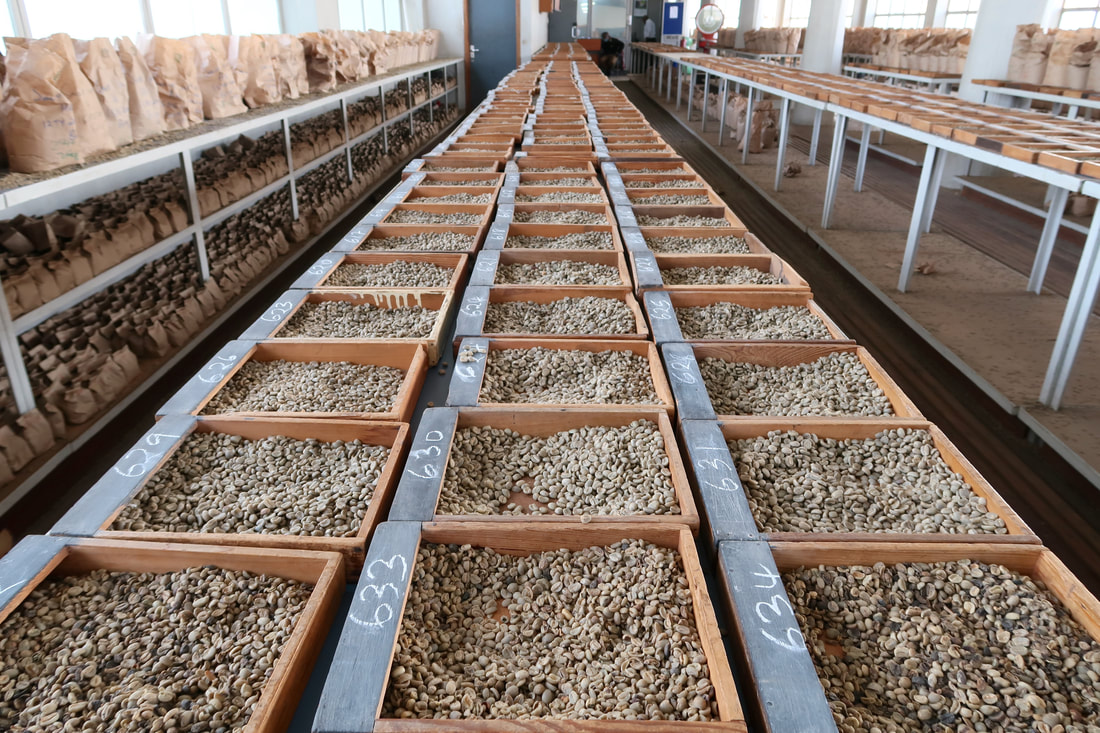
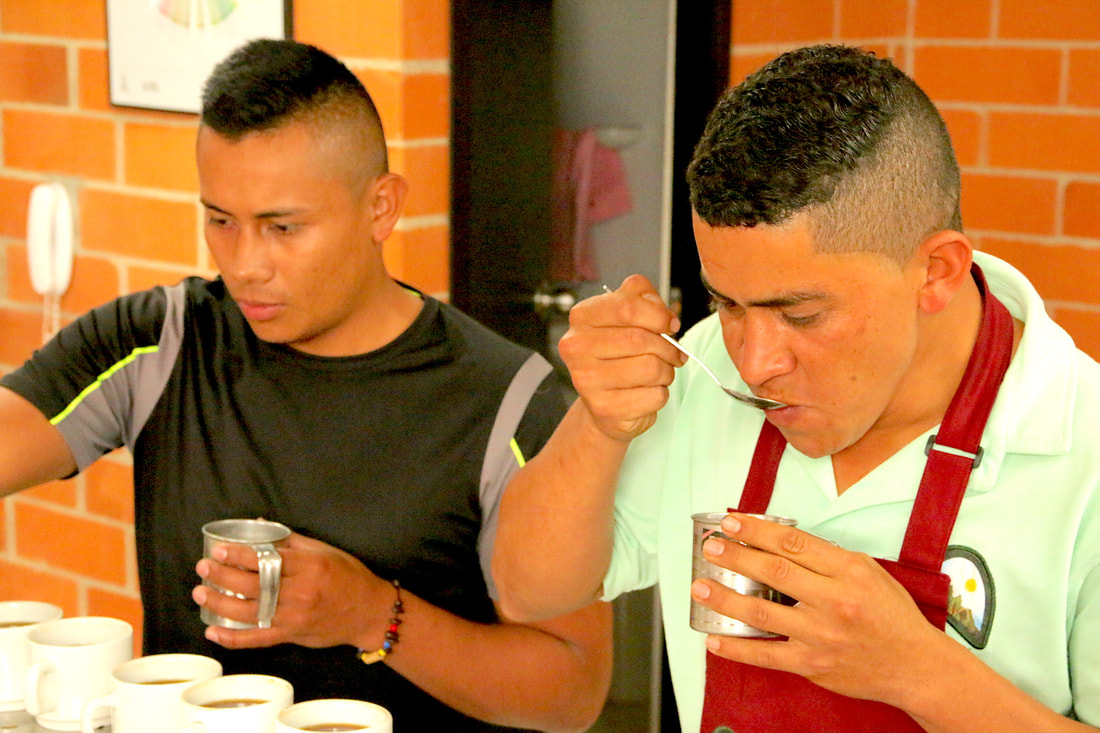
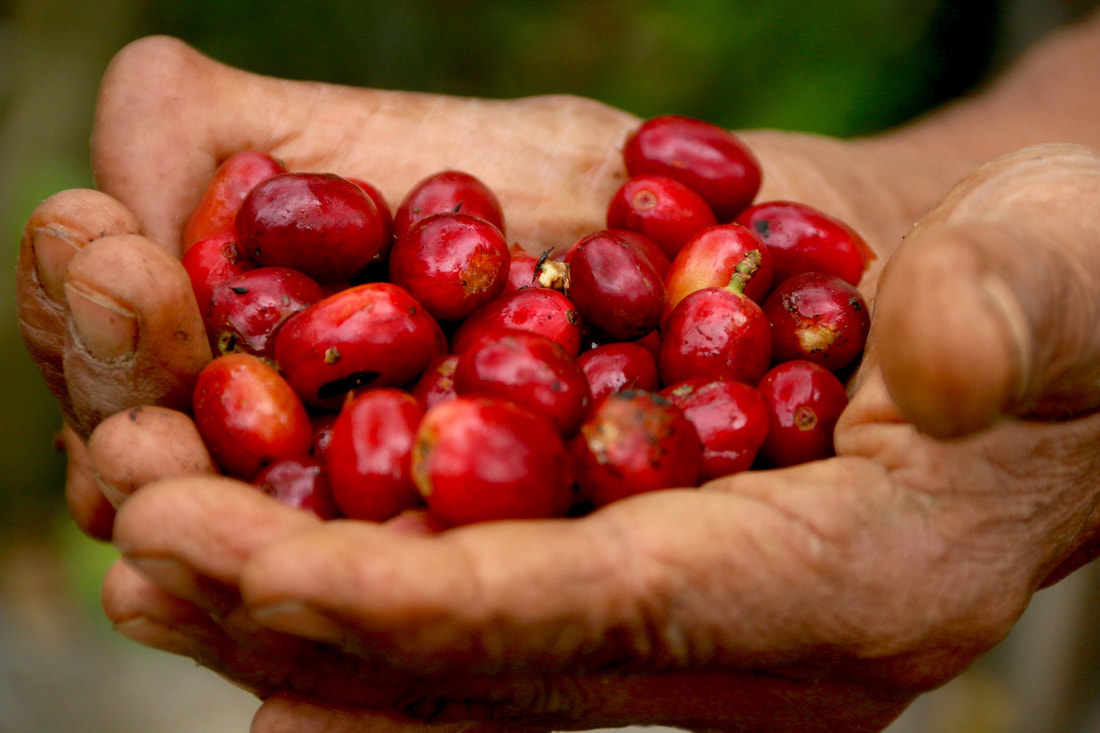
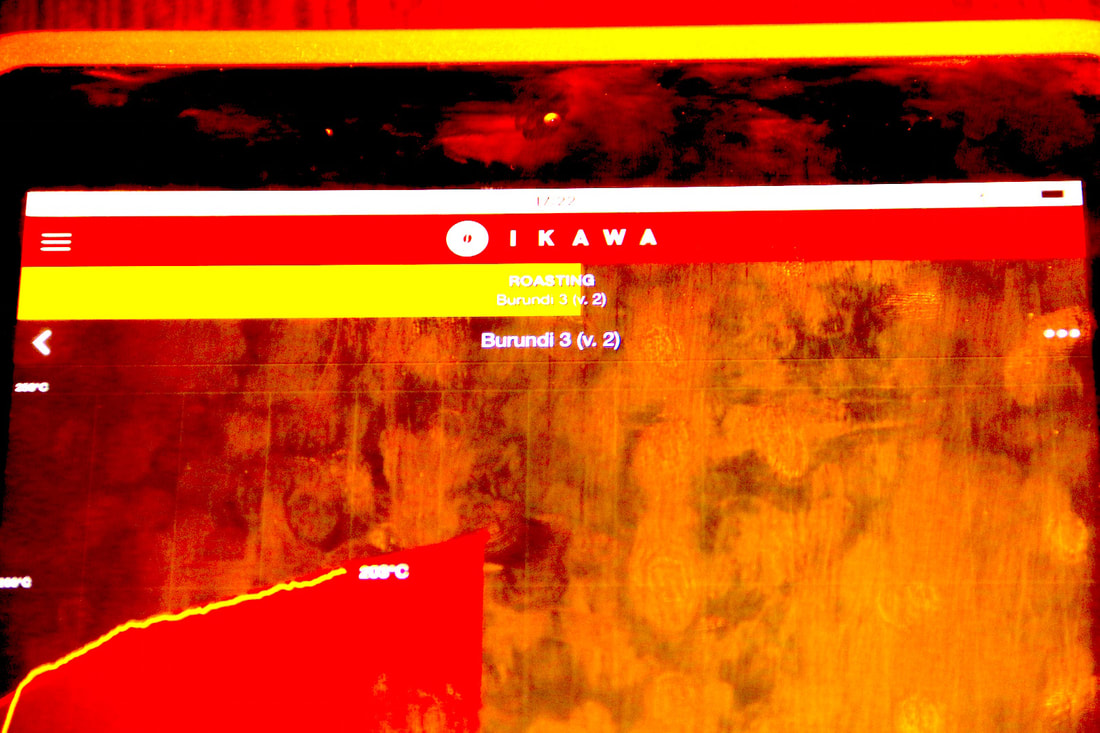
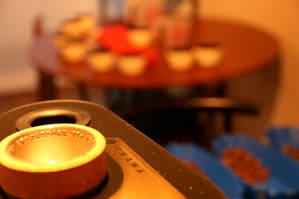
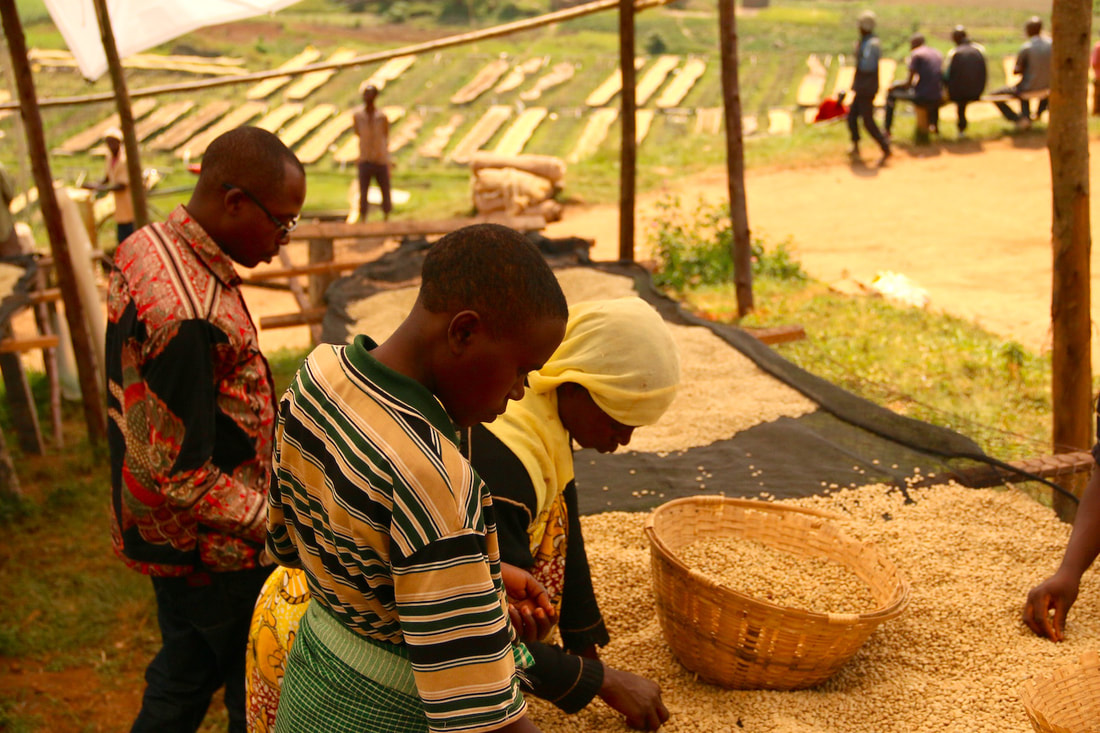
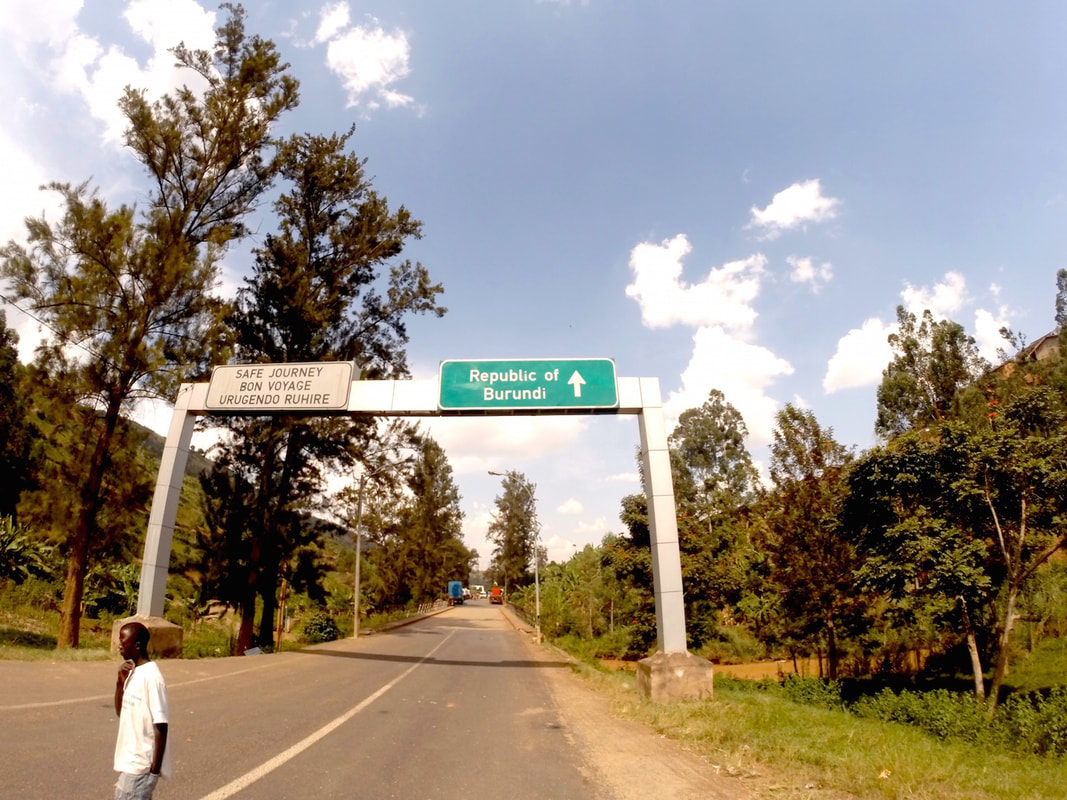
 RSS Feed
RSS Feed